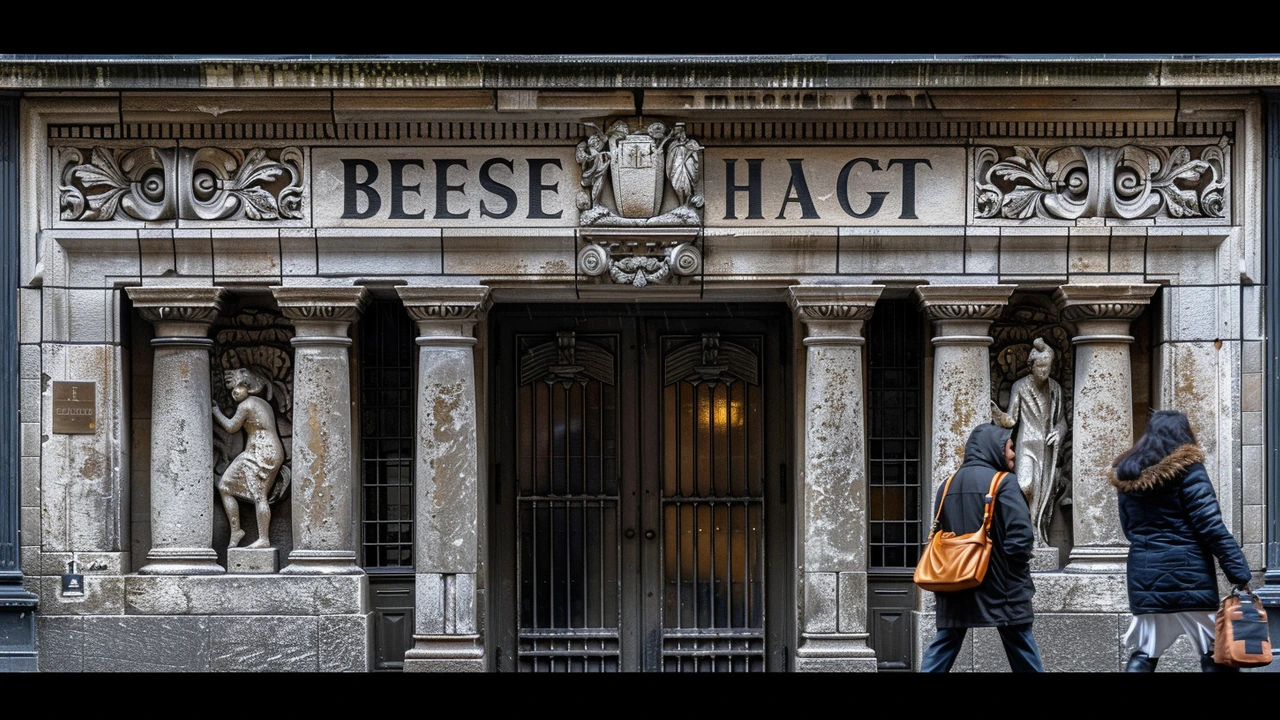Classical architecture: why ancient rules still shape modern cities
You see classical architecture everywhere — banks, museums, courthouses — because those old design rules still send a clear message: stability, order, authority. Classical architecture started in ancient Greece and Rome, but it didn’t stop there. It evolved into styles like Renaissance, Neoclassical, and Beaux-Arts, and those ideas keep showing up in new buildings and renovations.
At its core, classical architecture focuses on proportion, clear geometry, and a set of reusable parts. Think columns, pediments, entablatures, and balanced facades. Builders used these elements so people could instantly read a building’s purpose. That clarity is why classical design still appeals to governments, banks, and cultural institutions.
Quick ID guide
Want to spot a classical building fast? Look for a few telltale signs.
Columns and orders: Doric (plain and sturdy), Ionic (scrolls on the capital), Corinthian (fancy acanthus leaves). If a building wears one of these, it’s borrowing directly from Greek models.
Pediment and entablature: Triangular gable above the entrance and the horizontal band that sits on top of the columns. Those two features create a temple-like face that’s easy to spot.
Symmetry and proportion: Classical facades favor balance. Count windows and bays—if both sides mirror each other, you’re likely looking at classical influence.
Roman touches: rounded arches, vaults, and domes. When you see arches used structurally or decoratively, that’s Roman legacy mixing with Greek ideas.
How to use classical elements today
You don’t need a marble temple to borrow classical power. Use the principles instead of copying details wholesale. For a home: add a simple portico with two columns, keep the front symmetrical, and use a clear entry focal point. For interiors: balanced room layouts, regular window rhythms, and restrained moldings give a classical feel without feeling dated.
Designers and cities use classical cues strategically. A courthouse with a colonnade signals fairness. A civic building with a dome feels important. When applied thoughtfully, classical elements give weight to new projects while staying readable to the public.
Beware pastiche. Slapping oversized columns on a tiny storefront rarely reads well. Scale matters—match column size, cornice depth, and ornament to the building’s overall proportions. Materials and color also help: stone, painted stucco, and muted palettes suit classical language better than bright, trendy finishes.
If you want to learn more, explore the linked articles below about Roman engineering, Greek Revival houses, Renaissance and Beaux-Arts monuments, and tips for preserving classical buildings. Each piece breaks down one style and gives practical tips for spotting or using those elements in real life.

Unveiling the Grandeur: A Deep Dive into Beaux-Arts Architecture's Rich History and Legacy
Explore the captivating world of Beaux-Arts architecture; a style that epitomizes grandeur, opulence, and meticulous craftsmanship. This detailed exploration delves into its origins, key characteristics, notable examples, and lasting impact on the architectural landscape. Discover the intricate details that define Beaux-Arts architecture and how it has influenced modern architectural practices. This article offers a comprehensive understanding of a style that has shaped the aesthetics of buildings across the globe, standing as a testament to the enduring allure of classical design principles.
Read more